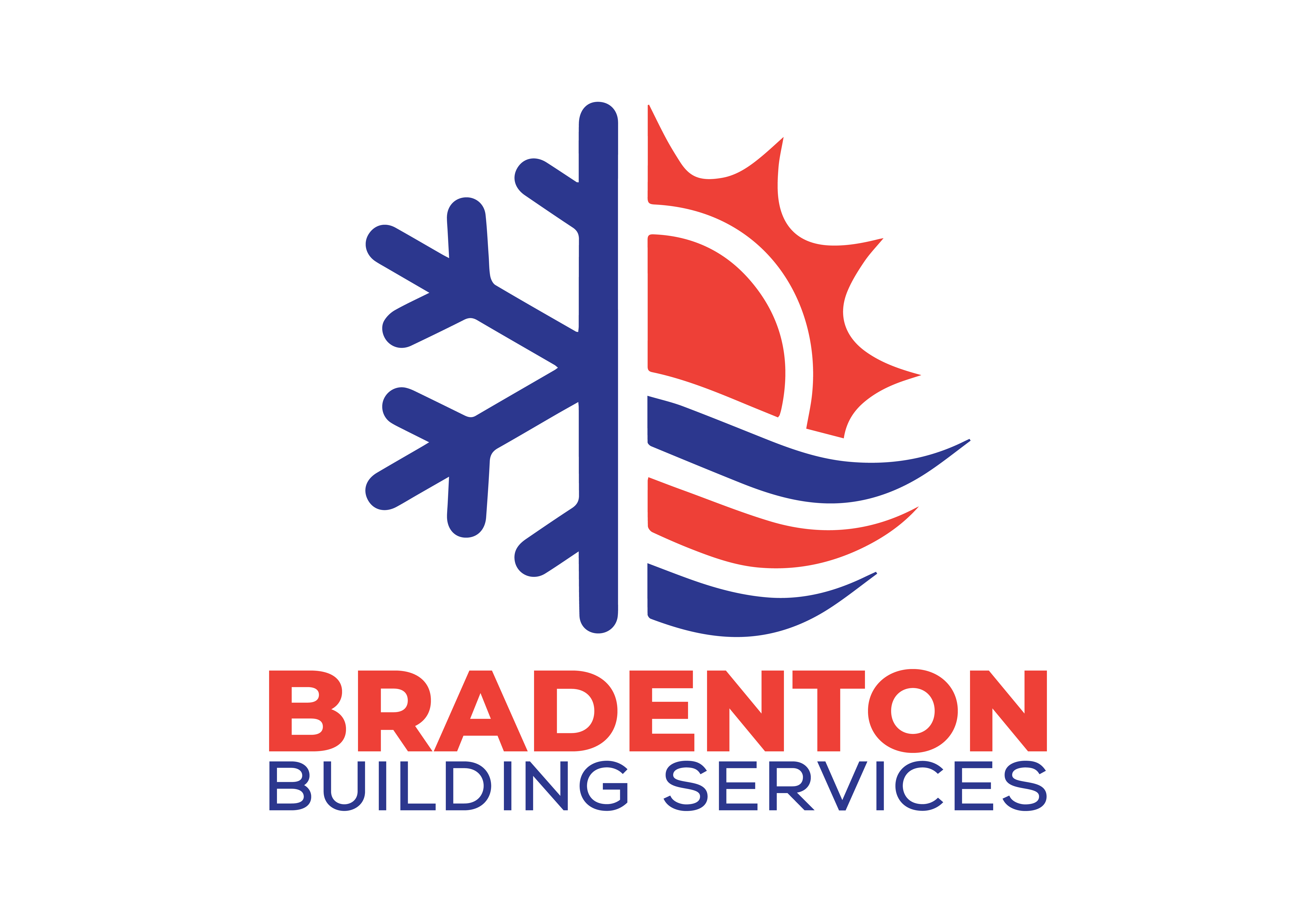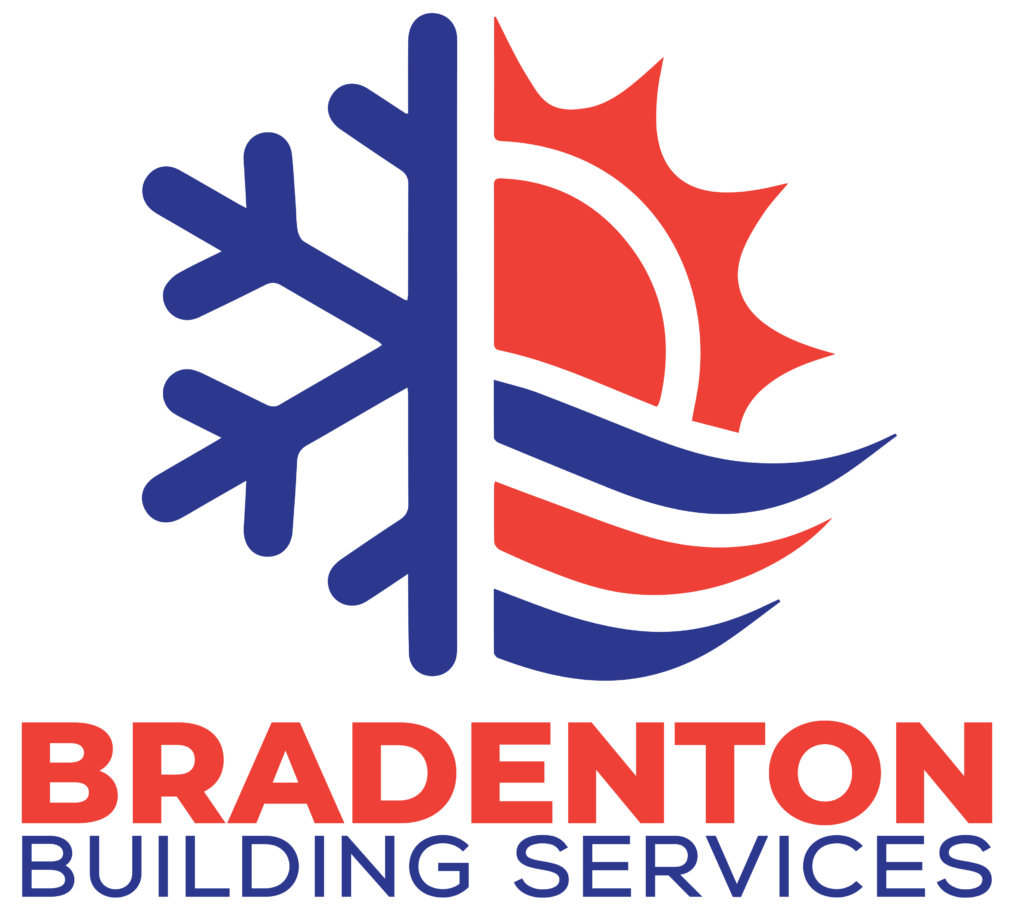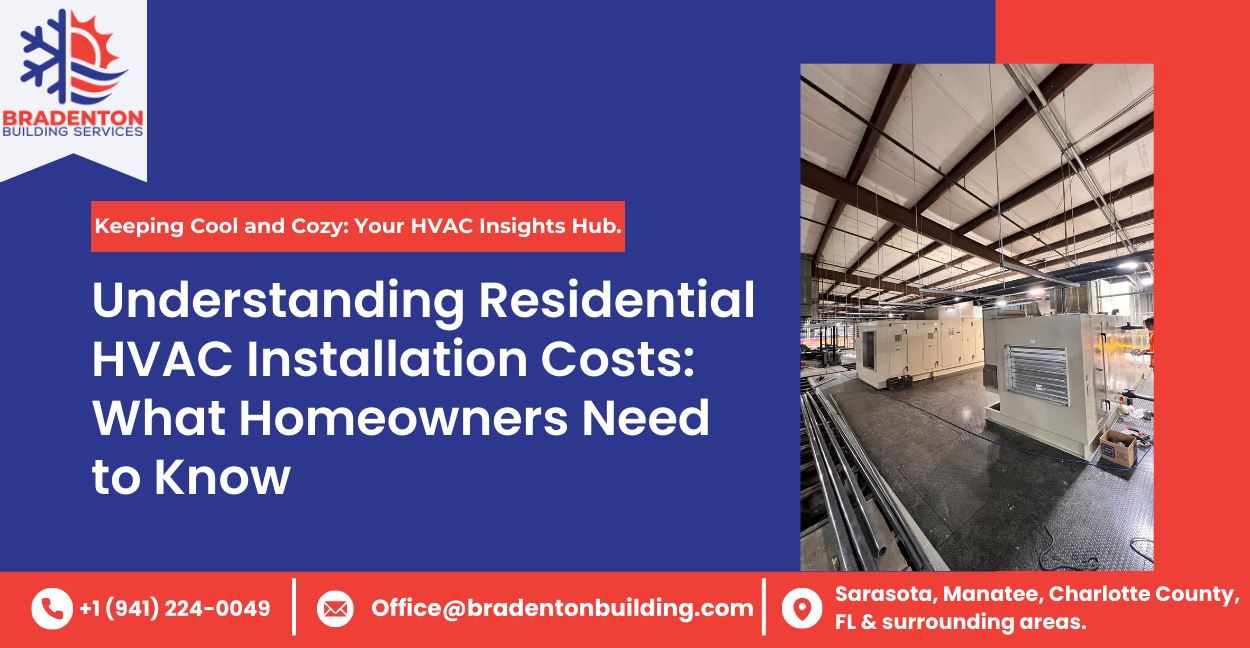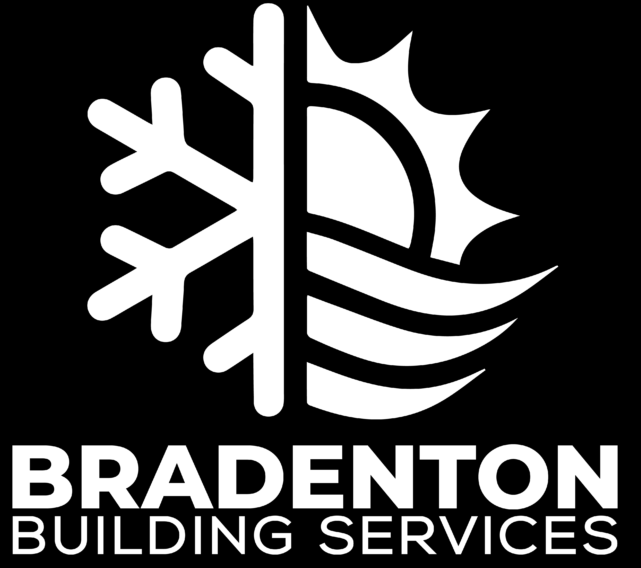When it comes to home comfort, few things are as important as your HVAC (Heating, Ventilation, and Air Conditioning) system. Whether you’re upgrading your old unit or replacing it entirely, understanding what to expect during the installation or replacement process is crucial. This article provides homeowners with key insights into selecting the right HVAC system, how to navigate potential costs, and what payment policies to expect for Residential HVAC Installation projects. We’ll also dive into the evolving landscape of refrigerant types and their impact on system pricing, as well as the structured payment plan typically used in these installations.
Understanding the New HVAC System Types and Their Impact on Costs
The HVAC industry has evolved significantly in recent years, with major advancements in both system types and the refrigerants they use. These changes, although beneficial in many ways, often lead to higher initial costs. Let’s explore why this is the case and what homeowners need to know when considering new HVAC system types, particularly those that use modern refrigerants like R-454B and R-32.
The Shift to More Environmentally Friendly Refrigerants
In the past, most HVAC systems relied on R-22 refrigerant, commonly known as Freon. However, due to its harmful effects on the ozone layer, R-22 is being phased out under international environmental agreements like the Montreal Protocol. In its place, newer systems are using refrigerants such as R-454B and R-32. These refrigerants have a much lower global warming potential (GWP) and are less harmful to the environment.
-
R-454B Refrigerant:
R-454B is a newer, low-GWP refrigerant designed to replace R-410A, another commonly used refrigerant. While R-410A has a GWP of 2088, R-454B’s GWP is only 466, making it a more sustainable choice. It’s also compatible with existing HVAC systems that previously used R-410A, which makes retrofitting possible in many cases.
-
R-32 Refrigerant:
R-32 is another popular refrigerant with a GWP of just 675, which is considerably lower than R-410A. In addition to being more environmentally friendly, R-32 is highly efficient in heat transfer, which contributes to its energy savings and overall system performance.
Why These New Refrigerants Impact the Cost of Installation
As promising as R-454B and R-32 are for environmental and energy efficiency reasons, they can significantly increase the cost of an HVAC installation. Here’s why:
-
Higher Manufacturing Costs:
HVAC systems designed to accommodate R-454B and R-32 refrigerants often require more advanced materials and manufacturing processes. These systems are designed with additional safety and efficiency features to handle the new refrigerants properly, which can raise the overall production cost.
-
Specialized Equipment and Expertise:
Technicians must be specially trained to work with these newer refrigerants, and specialized tools and equipment may be required to handle the installation safely. This often leads to higher labor costs for homeowners.
-
Regulatory Compliance:
As governments around the world implement stricter environmental regulations, manufacturers are forced to design HVAC systems that comply with these new rules. Although these systems are more energy-efficient, the cost of compliance often trickles down to the consumer in the form of higher prices.
Energy Efficiency and Long-Term Savings
Despite the higher initial cost of systems using R-454B and R-32 refrigerants, homeowners may find that these systems offer significant energy savings in the long run. The improved efficiency of these systems translates into lower energy bills over time, helping offset the higher installation costs. Additionally, by choosing a more environmentally friendly refrigerant, homeowners are contributing to a reduction in greenhouse gas emissions, making this an eco-conscious decision as well.
Ultimately, while these newer HVAC systems come with an initial price increase, their long-term benefits—energy savings, improved system performance, and reduced environmental impact—make them a worthwhile investment for many homeowners.
The Payment Policy for Residential HVAC Projects
Installing or replacing an HVAC system is a significant investment, and it’s important to understand the payment structure before any work begins. While prices will vary based on system type, size, and complexity, most HVAC companies follow a similar payment policy for residential projects. At Bradenton Building Services, we use a simple and transparent payment structure that is easy for homeowners to understand.
-
50% Deposit Before Work Starts
For most residential HVAC installations, a 50% deposit is required before the work begins. This upfront payment helps cover the cost of materials and ensures that the project will be scheduled and prioritized. It also helps the contractor begin preparations for the installation, including acquiring the necessary equipment, refrigerants, and other materials needed to complete the job.
The deposit is a common practice in the construction and service industries. It helps protect both the contractor and the homeowner by ensuring that both parties are committed to the project. Homeowners should keep in mind that the deposit is not an additional charge but is instead part of the total cost of the HVAC system and installation.
-
Remaining Balance Due Upon Completion
The remaining balance, which is typically 50% of the total cost, is due upon completion of the installation. This ensures that homeowners are satisfied with the work and that the HVAC system is functioning correctly before full payment is made.
Once the system has been installed and tested, a final inspection is typically conducted to ensure that everything is up to code and performing as expected. If there are any issues or adjustments that need to be made, the contractor will address them before the balance is due.
Payment Methods and Options
Most HVAC companies, including Bradenton Building Services, accept a variety of payment methods to make it easier for homeowners to pay for their HVAC installation. These methods may include:
-
Credit and Debit Cards:
Most companies accept major credit and debit cards for payment. This provides homeowners with flexibility and can often help them earn rewards or points on their credit cards.
-
Checks:
Many homeowners prefer to pay by check, especially for large projects like HVAC installations. Checks are a secure payment method and provide a record of the transaction for both parties.
-
Financing Options:
Some homeowners may prefer to finance the cost of their HVAC installation. Many HVAC companies offer financing options that allow homeowners to pay for the system in monthly installments. These options often come with low or zero interest rates for qualified buyers.
Regardless of the payment method, it’s important to read the contract carefully and ensure that you understand the terms of payment, including the deposit and final balance requirements. Clear communication and understanding of the payment process can help avoid any misunderstandings during the project.
Understanding HVAC costs starts with accurate pricing. Contact Bradenton Building Services now to receive a personalized estimate based on your home’s unique needs.
Additional Considerations for Homeowners
Aside from refrigerant types and payment policies, there are several other factors that homeowners should consider when installing or replacing an HVAC system:
-
Choosing the Right Size System
It’s essential to choose an HVAC system that is the right size for your home. A system that is too small will struggle to maintain a comfortable temperature, while a system that is too large will waste energy and result in higher utility bills. An HVAC professional can help you determine the correct size by conducting a load calculation based on your home’s square footage, insulation, and other factors.
-
System Efficiency and SEER Ratings
The efficiency of your HVAC system plays a major role in your overall energy costs. SEER (Seasonal Energy Efficiency Ratio) is the standard measurement of an air conditioner’s efficiency. Higher SEER ratings indicate a more energy-efficient system. While higher SEER-rated systems may come with a higher upfront cost, they can save you money on energy bills over time.
-
Ductwork and Insulation
The condition of your home’s ductwork and insulation can also impact the efficiency of your HVAC system. Leaky ducts or inadequate insulation can cause your system to work harder, leading to higher energy bills. Be sure to have your ductwork inspected before installing a new HVAC system to ensure it is in good condition.
Frequently Asked Questions
1.) How do I know when it’s time to replace my HVAC system?
If your HVAC system is over 10–15 years old, needs frequent repairs, or struggles to maintain consistent temperatures, it may be time to consider a replacement. High energy bills, unusual noises, or persistent odors are also strong indicators. Uneven room temperatures and excessive indoor humidity could mean your system is no longer functioning efficiently. A licensed HVAC professional can assess your setup and recommend whether a repair or full replacement is more cost-effective in the long run.
2.) What factors affect the cost of Residential HVAC Installation?
The total cost of an HVAC installation depends on several key variables: the system type (central air, ductless mini-split, heat pump), the size and layout of your home, and the complexity of the installation. The use of newer, eco-friendly refrigerants like R-454B and R-32 can slightly increase system prices, but they offer long-term efficiency and environmental benefits. Other factors like energy efficiency ratings (SEER), necessary ductwork upgrades, labor costs, and optional add-ons (e.g., smart thermostats or air purifiers) can also influence the final price.
3.) How long does a Residential HVAC Installation take?
Most standard HVAC installations are completed in 1–2 days. However, projects involving ductwork modifications, electrical upgrades, or system zoning may extend the timeframe to 3–5 days. Your HVAC contractor will assess your home’s specific needs and provide a detailed project timeline. Keep in mind that unexpected delays—such as permit approvals, parts availability, or weather—can affect the schedule, so it’s best to allow a bit of flexibility in your planning.
4.) Can I finance my HVAC system installation?
Yes, many HVAC companies offer flexible financing options for qualified homeowners. These plans help break up the installation cost into manageable monthly payments, often with low or no interest. Financing allows you to invest in a high-efficiency system without taking on the full financial burden upfront. Be sure to ask about any available promotions, utility rebates, or manufacturer incentives, which could significantly reduce your total cost or monthly payment.
5.) What is the SEER rating and why is it important?
The SEER (Seasonal Energy Efficiency Ratio) rating measures how efficiently an air conditioning system operates over an average cooling season. A higher SEER rating means better energy performance and lower utility bills. While the federal minimum SEER requirement varies by region, opting for a higher-rated system can also qualify you for local rebates or federal tax credits. Over time, the energy savings from a high-SEER system can offset the initial investment, making it a smart long-term decision.
Enhance Your Commercial HVAC System with Bradenton Building Services
Looking for reliable commercial HVAC services, air quality solutions, HVAC maintenance, or air filter services in Sarasota and Manatee? Bradenton Building Services has you covered. We specialize in optimizing HVAC systems to ensure comfort, energy efficiency, and healthy air quality for your business.
- Commercial HVAC Services
- Air Quality and Purification Solutions
- HVAC Maintenance
- Commercial Air Filter Services




